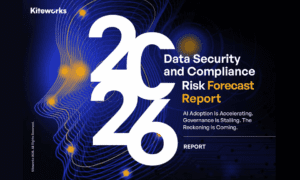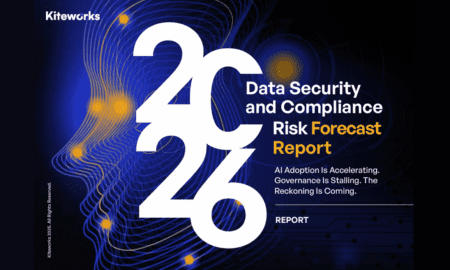The surge in VPN use over the past ten years wasn’t just a tech trend, it reflected a growing hunger for digital autonomy. When the internet divided into territories and personal data started carrying price tags, VPNs felt like passports. Privacy seekers wore them as armor, while migrants and frequent fliers used them to slip back into the content libraries they left behind.
Decentralization and domain adaptation
If Web 2.0 was about content, Web 3.0 is about control. Decentralized services, from blockchain wallets to peer-run data hubs, have reshaped how people interact online. That led some to speculate: if the web itself becomes trustless and encrypted by design, do we still need VPNs in the mix? Turns out, one doesn’t cancel out the other.
In fact, VPNs and decentralization often complement each other. Online casinos, for example, have embraced both by design, especially those that operate in crypto. Players using blockchain-based platforms often lean on VPNs not to gamble anonymously, but to ensure they can actually reach platforms intentionally restricted by their local ISPs.
The best VPN friendly casinos not only accommodate VPN users, they quietly welcome them as part of a global, de-centralized user base seeking open access and financial agency. And while plenty of decentralized applications promise borderless interaction, most still run into very human limitations: gatekeeping ISPs, GeoIP blocks, clunky onboarding. VPNs help sidestep these issues, laying down bridges where proper infrastructure doesn’t yet exist. In this transitional era between centralized dependency and true decentralization, that gap remains wide.
Shifting threat landscape and cybersecurity risks
Online threats rarely stand still. The internet of 2025 may wear sleeker clothes, but its underlying hazards are anything but modernized away. Years ago, VPNs were mainly a tool for secure office access or a loophole to watch content not available in your region.
They’ve shifted into armor in the growing fight over digital privacy, blocking prying eyes, profiling systems, and the kind of invisible tracking most users never realize is happening. Browser updates and system-level encryption have gotten better, that’s true. Yet there is a certain control and peace of mind in routing your traffic through a VPN’s private tunnel.
Your IP gets masked; the data you send becomes nearly impossible to intercept. It’s not that advertisers or state agencies have disappeared, they’ve simply gotten craftier. And for anyone trying to stay off those radars, relying on native protections alone can feel like showing up to a knife fight with a toothpick.
Regulatory variability across regions
The idea of a borderless internet was always closer to fantasy than fact. In reality, the digital map is carved with boundaries often harsher than the ones on land. Some regions support open Information flow and protect user data with tight regulation. Others deploy sweeping firewalls, tailor search results by IP, and pass laws demanding data be stored locally, where it can then be scrutinized far more easily.
That’s where VPNs step in, not just as escape hatches but as sanity checks. They allow access to uncensored media, restore communications with platforms banned locally, or simply allow someone to check their crypto wallet on a flight layover. And in territories where new laws demand all citizen data be stored in-country, VPNs provide a quiet route around forced storage deals, letting users keep their data flow offshore, often in countries with stronger protections.
Corporate and remote work considerations
The hybrid office isn’t going anywhere. Remote work stopped being a temporary solution years ago; it’s now part of the default structure across universities, multinational firms, and startups alike. Tools evolved to meet this shift, cloud drives, identity managers, collaboration hubs. Yet even with all that, the humble VPN remains at the heart of most corporate security postures.
You log in, it authenticates you, and suddenly you’ve got encrypted access to sensitive company architecture. It’s invisible work, but critical. Without it, data leaks become more than hypotheticals, they become headline news. In many setups, a VPN won’t just route traffic, it’ll talk to firewalls, verify credentials, and even halt unauthorized file movements. There’s muscle beneath the simplicity.
Technical alternatives and VPN limitations
Sure, VPNs aren’t the only way to armor up online. DNS encryption, dual-layer proxies, secure tunnels via Tor, all offer flavors of protection. And blockchain identity systems coupled with zero-knowledge proofs promise future-proof privacy in ways VPNs can’t match. But here’s the catch, those tools tend to demand a level of technical fluency the average user just doesn’t have.
VPNs are easier. They slot naturally into your phone, tablet, or laptop. You pick a server, hit connect, and that’s it. No browser extensions to configure, no keys to manage, no speed-sapping configuration nightmares. They work across ecosystems, quietly in the background, low effort, high return.































